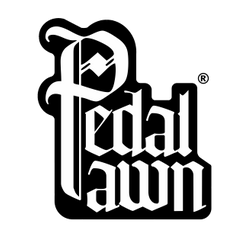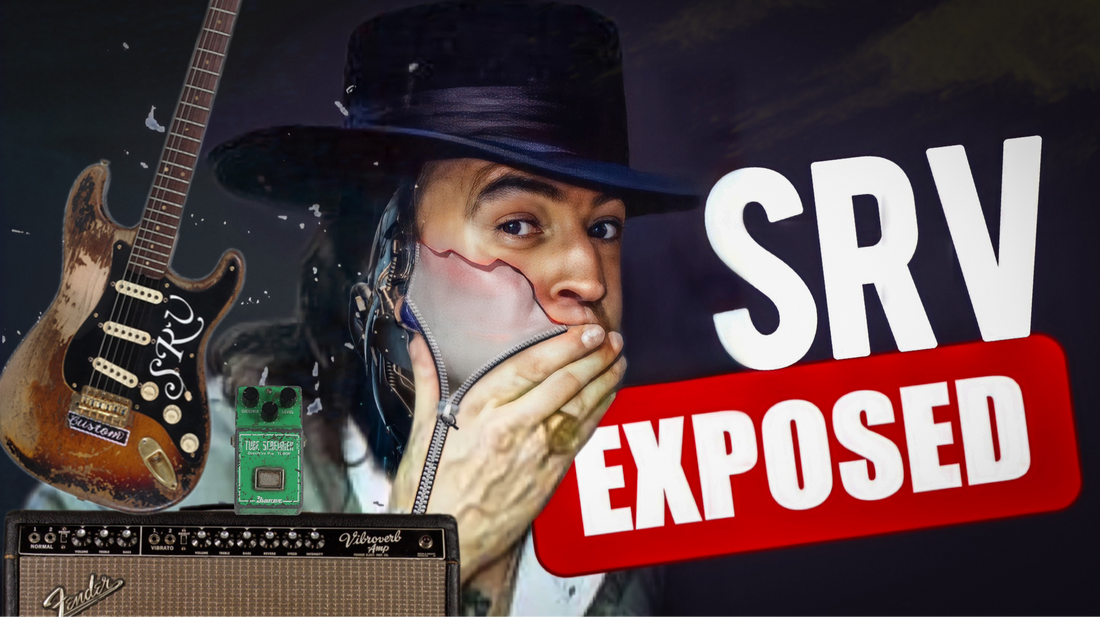Stevie Ray Vaughan's guitar tone is revered and often considered one of the greatest in the history of blues and rock music. In this article, we will explore the secrets behind Stevie's iconic sound. While replicating his tone precisely might be challenging, understanding the key elements that contributed to his extraordinary sound will undoubtedly help you get closer to his legendary tone. From his choice of vintage guitars to his extensive amp collection and pedal preferences, let's dive into each aspect that played a significant role in shaping Stevie Ray Vaughan's unmistakable sound.
Vintage Guitars: Stevie's primary guitar, famously known as "Number One," was a customized Stratocaster constructed using parts from a 1959 and 1963 model. This guitar featured a fat neck, heavy jumbo frets, high action, and a worn Nitro finish, all of which contributed to its distinctive feel and tone. While vintage Stratocasters are rare and often quite expensive today, there are excellent alternatives available, such as Squier, Mexican, or Japanese Stratocasters, that offer outstanding quality at more affordable prices.
'SRV Inspired' Fender Squier FSR (ONLY £419) Available HERE 🎸➡️ http://tinyurl.com/5dt9wkah
Amp Collection and Rig: Stevie Ray Vaughan's amp collection was as impressive as his guitar collection. He utilized a variety of vintage Fender amps, Marshalls, and the renowned Dumble amplifiers. By blending amps like the 1x15 Fender Vibroverb '64 and the Super Reverb, which featured a 4x10 speaker configuration, Stevie achieved a dynamic and monstrous tone with remarkable clarity. A crucial element of Stevie's sound was pushing the amps to the edge of breakup, emphasizing their natural overdrive and creating the signature "Texas blues" sound. Attenuators can be employed to achieve similar tones without excessive amp volume if cranking the amp is not feasible.
Pedals: Though not reliant on an extensive pedalboard, Stevie Ray Vaughan's choice of pedals had a significant impact on his tone. The Tube Screamer played a pivotal role throughout his career, with Stevie employing various iterations like the TS808, TS9, and TS10 models. The Tube Screamer added a distinct mid-range boost and smooth saturation, helping Stevie achieve his signature sustain and singing lead tones. Stevie also incorporated a Vox Wah pedal into his rig, providing him with expressive filter sweeps and adding a touch of funk to his playing. Another essential pedal in his arsenal was the Fuzz Face, modified by renowned technician Cesar Diaz, which delivered thick, harmonically rich fuzz tones. Be sure to check out our Pedal Pawn Fuzz that was based on Stevie's exact Fuzz sound: https://pedalpawn.com/products/fuzz
Additionally, Stevie utilized a Roger Mayer Octavia pedal to generate his signature octave-up effect, as heard on the 'Austin City Limits 1989' performance!
Fender Vibratone: Often overlooked but crucial to Stevie's sound was the Fender Vibratone. The Vibratone is a singular rotating speaker cabinet that played a significant role in Stevie's tone. The Leslie 16 (aka Vibratone) was originally designed for Guitarists as opposed to Organ players, adding the signature Leslie depth, swirling modulation, and a three-dimensional quality to Stevie's guitar sound. Notably present in songs like "Cold Shot" and "The Things I Used To Do" the Vibratone provided an extra dimension to his sound, both in live performances and studio recordings.
Conclusion: Stevie Ray Vaughan's tone was an intricate combination of various elements, meticulously crafted to create his iconic sound. From the unique characteristics of his vintage Stratocaster to his extensive collection of amps, carefully chosen pedals, and the addition of the Fender Vibratone, every aspect played a crucial part!
Watch the video HERE:

